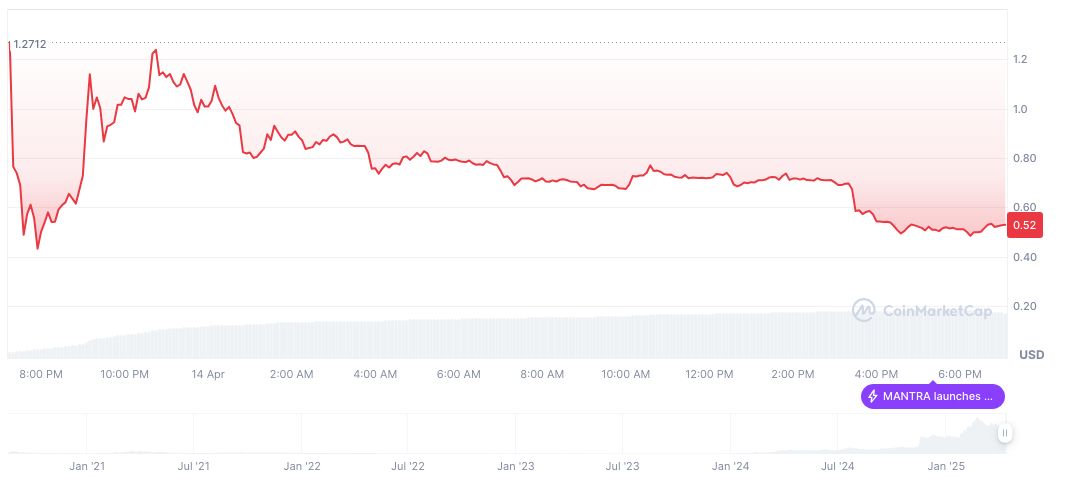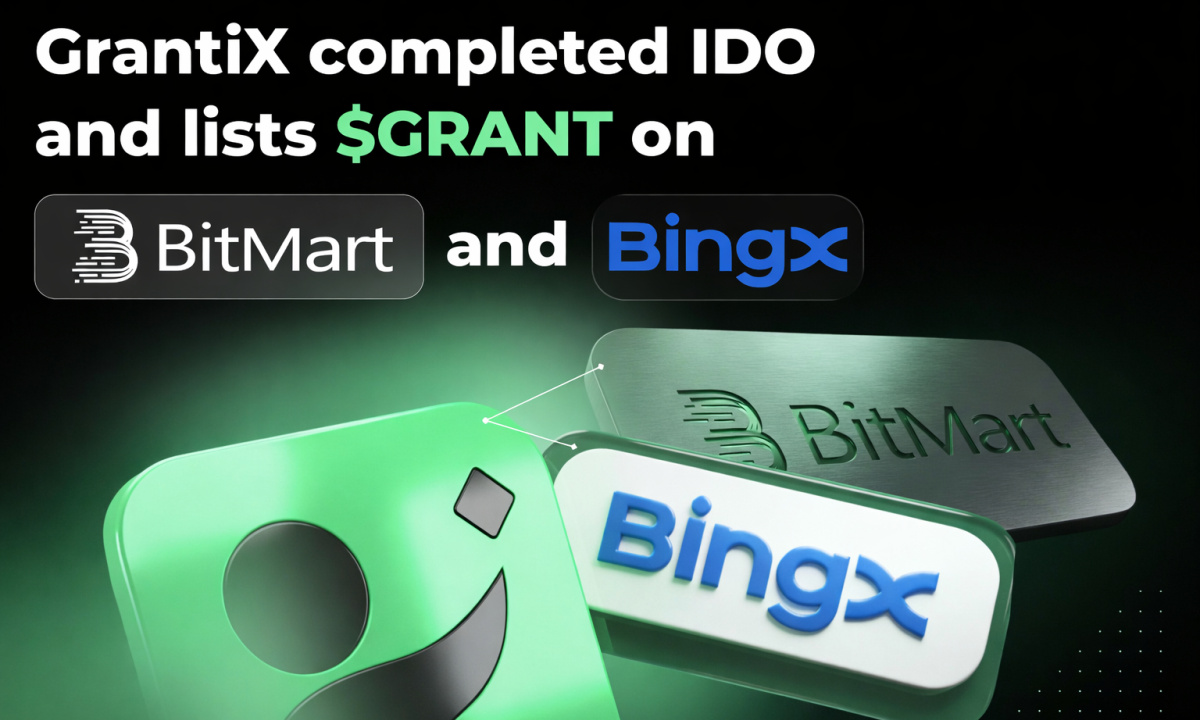- OM token crash attributed to centralized exchanges’ actions during low liquidity.
- MANTRA denies involvement; token economics unchanged.
- Significant market capitalization loss for OM token within hours.
The OM token experienced a dramatic 90% value decline, allegedly caused by forced liquidations by centralized exchanges during low liquidity hours.
This significant market event has raised concerns about exchange practices and liquidity management’s impact on investors.
OM Token’s 90% Plunge: Causes and Market Shifts
The crash of the OM token was attributed to forced liquidations initiated by centralized exchanges during low liquidity periods. These actions led to the steep decline in token value, drawing parallels with past market collapses.
Market conditions have shifted, with significant drops in market cap and OM token value. This event highlighted concerns about the exchange’s discretionary practices during volatile times.
Market reactions from major exchanges and actors have varied. Notably, OKX’s founder, Star Xu, emphasized the need to investigate liquidation data, signaling a need for greater transparency in exchange practices.
Expert Insights: Historical Parallels and Future Projections
Did you know? The OM token’s recent crash is reminiscent of Terra’s LUNA collapse of 2022, which also saw rapid liquidation cascades and monumental market loss.
MANTRA (OM) currently trades at $0.59, with a market cap of $572.43 million and a market dominance of 0.02%, according to CoinMarketCap. Trading volume reached $1.89 billion, marking a substantial 36.37% change.

The Coincu research team suggests potential outcomes for the financial future of OM, considering historic exchange oversight and technological impacts. A focus on regulatory clarity could stabilize this volatile market.























